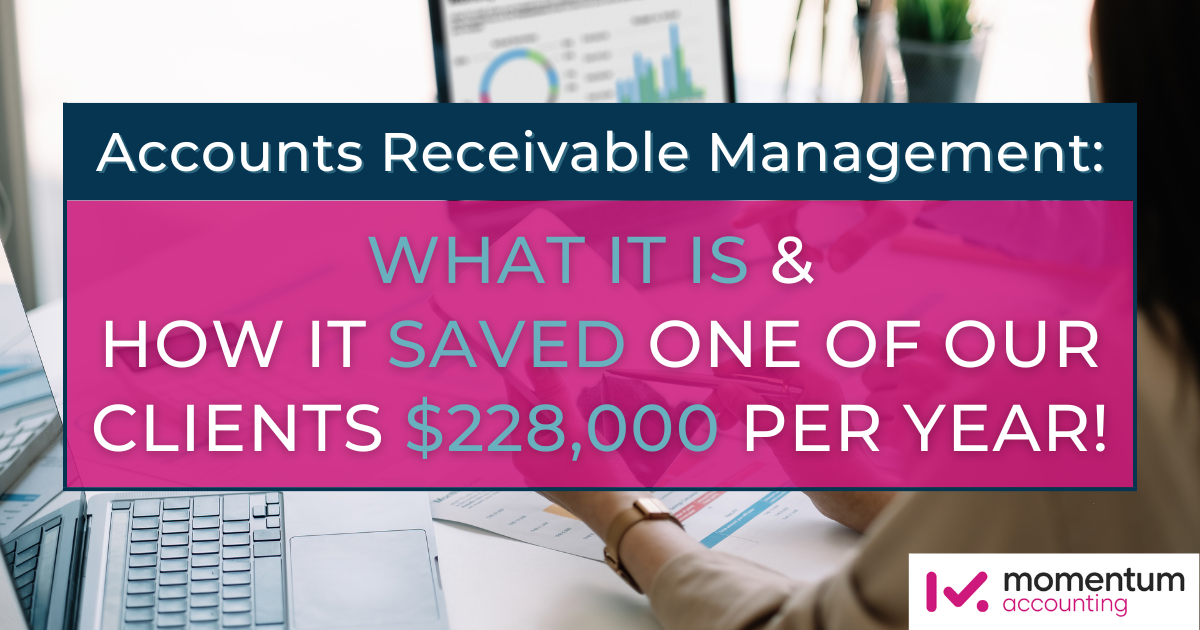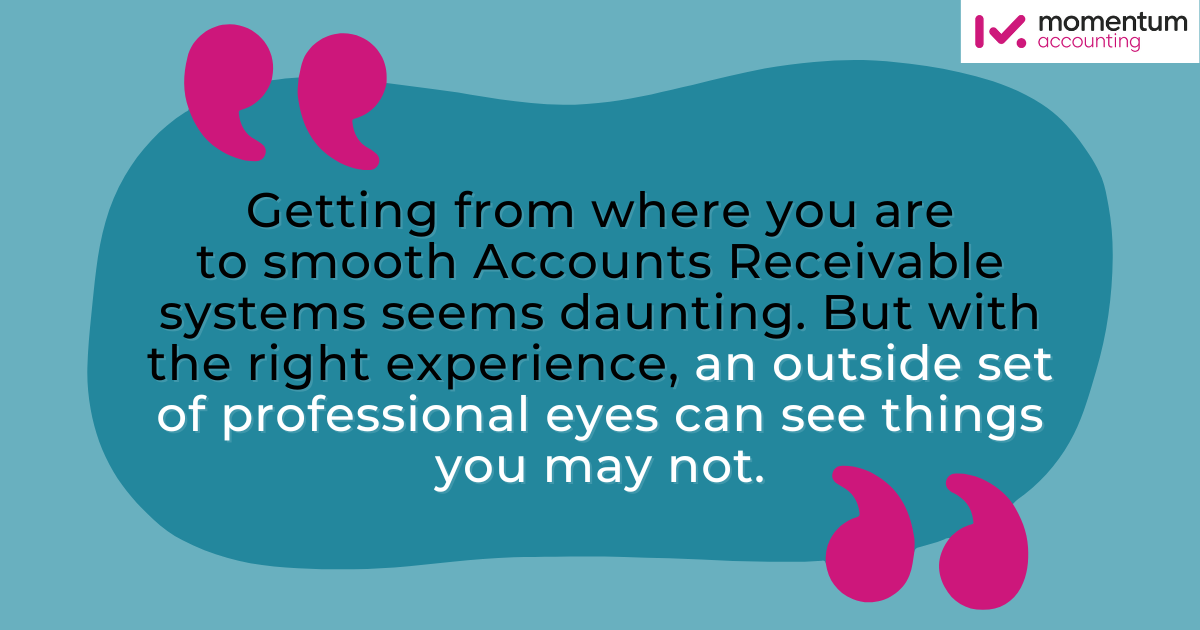
Accounts receivable (A/R) is an important part of any business relying on invoicing as a primary revenue. Your business provides services, invoices clients, and collects (receives) those invoiced funds.
Accounts receivable management is made up of the systems, processes, and people a business uses to invoice and collect payments.
Even with a few high-paying clients, A/R gets murky when your systems aren’t setting you up for success. Much of these issues come from misconceptions about accounts receivable. For instance:
- Many agencies and consultants prefer checks, to avoid CC processing fees. And for those working with large clients, it often requires net 30-90 day terms with a physical check landing in the mail.
- Collecting and following up on invoices is the best way to ensure payments keep rolling into the business.
- In order to keep the business running while waiting on invoice payments, you must use lines of credit and credit cards to make payroll and keep the lights on. Then, pay them off once funds are available.
- Reconciling and keeping these transactions in order requires an in-house finance team to ensure your business remains cash flow positive.
Again, each of these are common misconceptions. Here’s a real-world example of one of our clients who saved nearly a quarter of a million dollars by improving their A/R management.
A Momentum A/R Case Study
This client had let their AR get out of hand. The answer they came up with was to hire a full-time A/R person to keep invoices going out and make sure they got paid. There was also a part-time CFO to help manage cash, keeping things moving.
They mostly accepted checks—even with a considerable amount of recurring revenue,
Rarely accepting credit cards is understandable because they didn’t want to pay fees. After all, 3% on $10M is $300k in fees per year. This client’s A/R balance was around $800k and they had a large line of credit balance to float tied up cash.
How’d we save all that money? Here’s the two-step breakdown.
First, Reduce or Eliminate Check Payments
Over the next year, we converted their accounting system to Xero & worked with their sales team to get their customers to agree to have their payments pulled using an ACH payment processor software.
- Why it worked: The recurring nature makes ACH an easier pitch, and adding it to the sales process just made it part of working with the company.
Then, Automate the Invoices and Transactions
Once ACH was set up, we made sure invoices automatically generated in Xero each week. Now funds pull directly from customer’s bank accounts and deposit into our client’s bank account 7 days later. Then the invoice is closed out by the accounting system and reconciled against the bank transaction.
- Why it worked: A/R automation is such a valuable asset and doesn’t require much maintenance once it’s up and running properly.
How Does That Equal $228,000?
Here’s the line-by-line breakdown of savings over the course of the first year of implementing this new Accounts receivable system:
- The A/R specific role eliminated: $65,000
- CFO reduced by 12 hours per month: $40,000
- Line of credit paid off: $48,000 (interest saved)
- Credit card fees eliminated: $75,000 (from floating expenses and moving client from CC to ACH)
- ACH fees were added: ($6,000)
Ok, so it’s $222,000 in net savings after adding in the ACH fees. But the owner not having to stress about whether or not they’ll make payroll each week?
PRICELESS!
Key Actions to Take in Your Business
Do the payment math. See what you’re spending in fees, interest, and payroll to accommodate your current system. Add those figures up to see what developing an A/R management system could do for your business.
Then, automate. Get your invoicing automated, and do your best to work out favorable payment terms with new and existing clients (like ACH).
In the event you have clients that don’t want any autopay, implement A/R automation software that keeps track of who’s paid and who hasn’t, sending reminders and late notices to those who haven’t.
Doing this reduces the need for personnel while improving your cash flow by more clients paying in a timely manner. (Further reading: We cover getting paid fast in detail, right here.)
Get Outside Eyes for Your A/R System

Getting from where you are (tons of money coming, but tight cash situations) to smooth A/R systems seems daunting. But with the right experience, an outside set of professional eyes see things you may not.
At Momentum, we take a different approach to accounting. We listen to your specific needs, and look deeper into your situation to provide financial solutions that truly impact your business (for the better).
Ready to see how your accounts receivable management can improve? Let’s connect.


